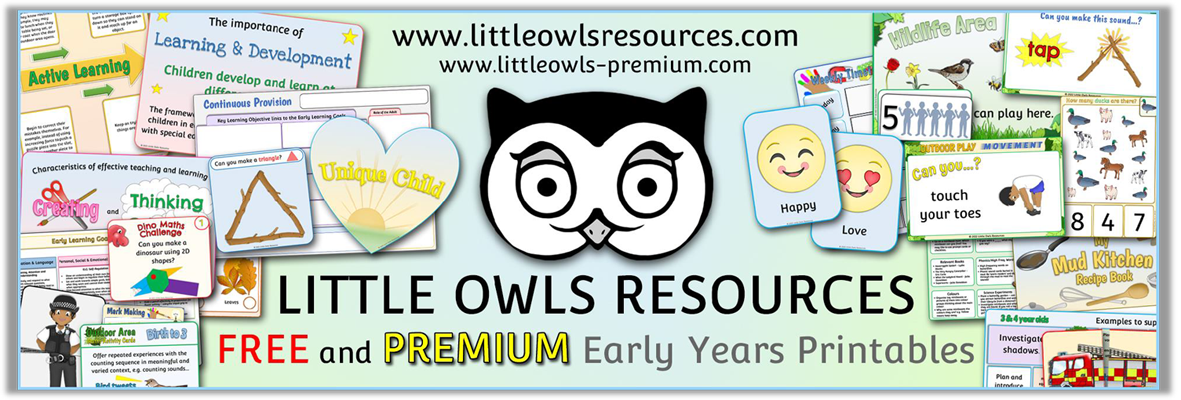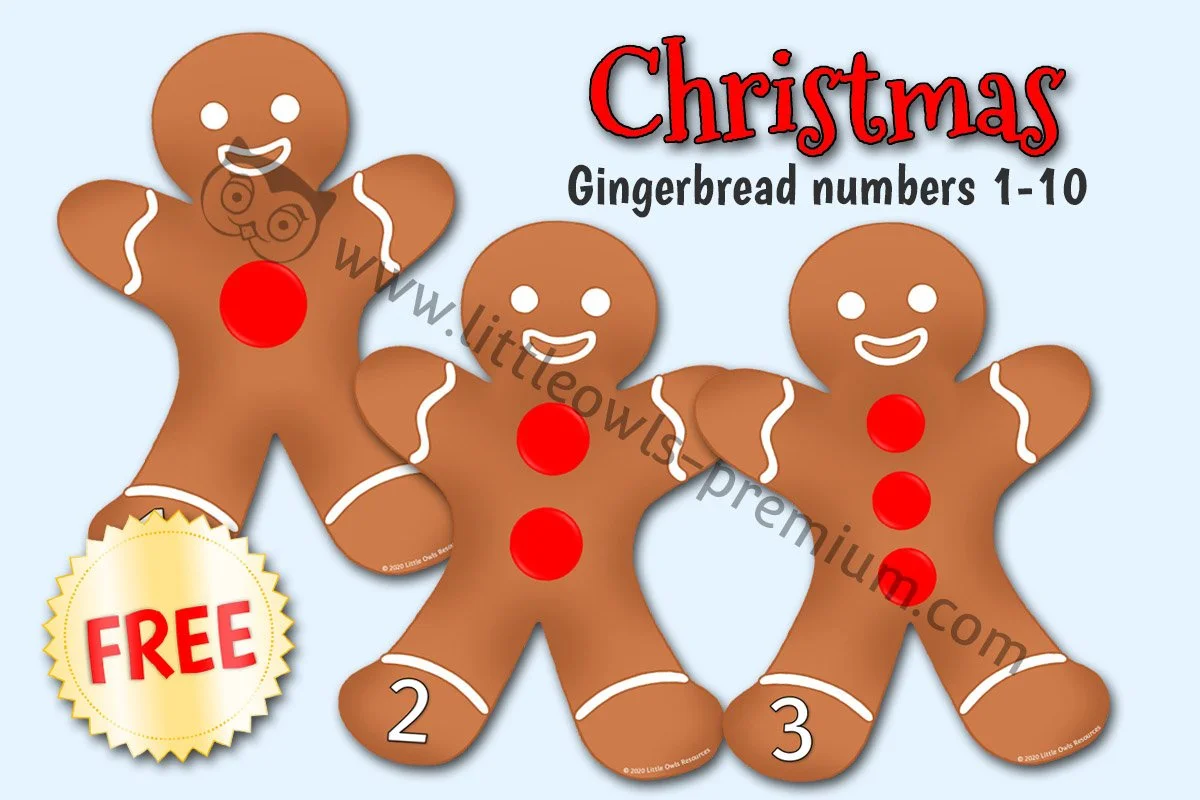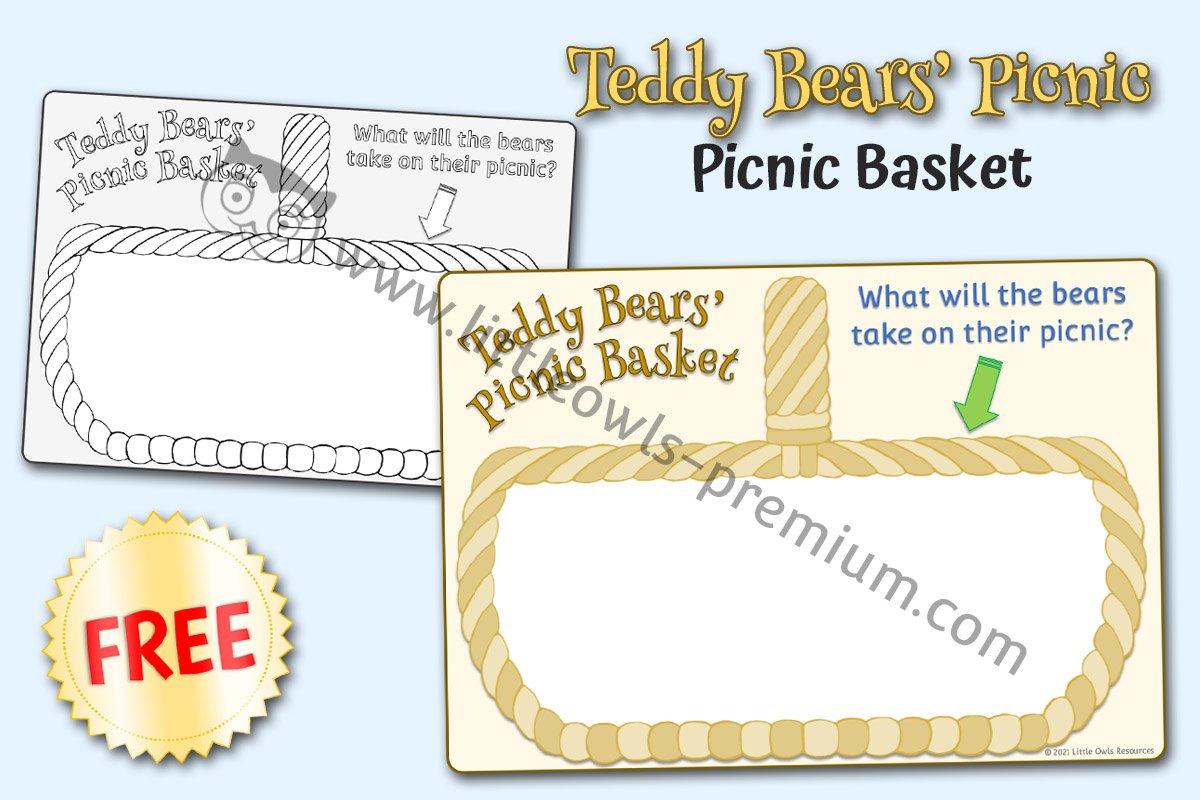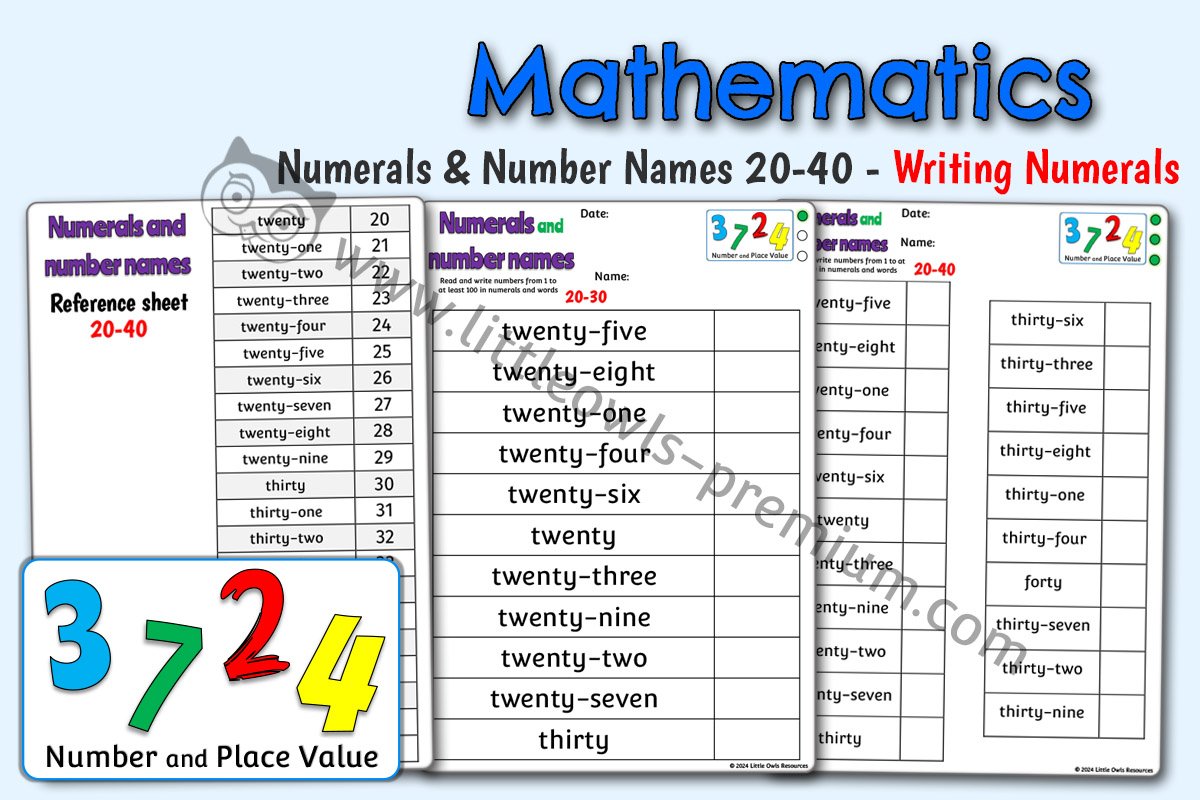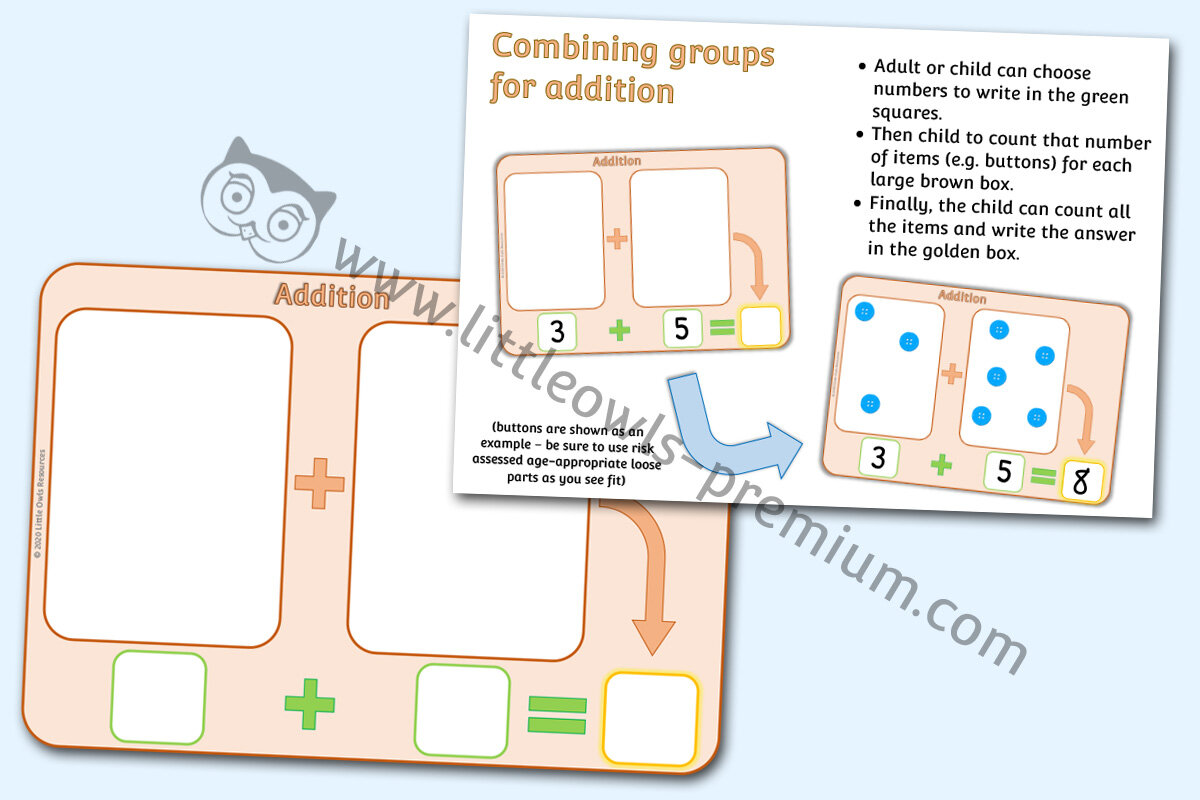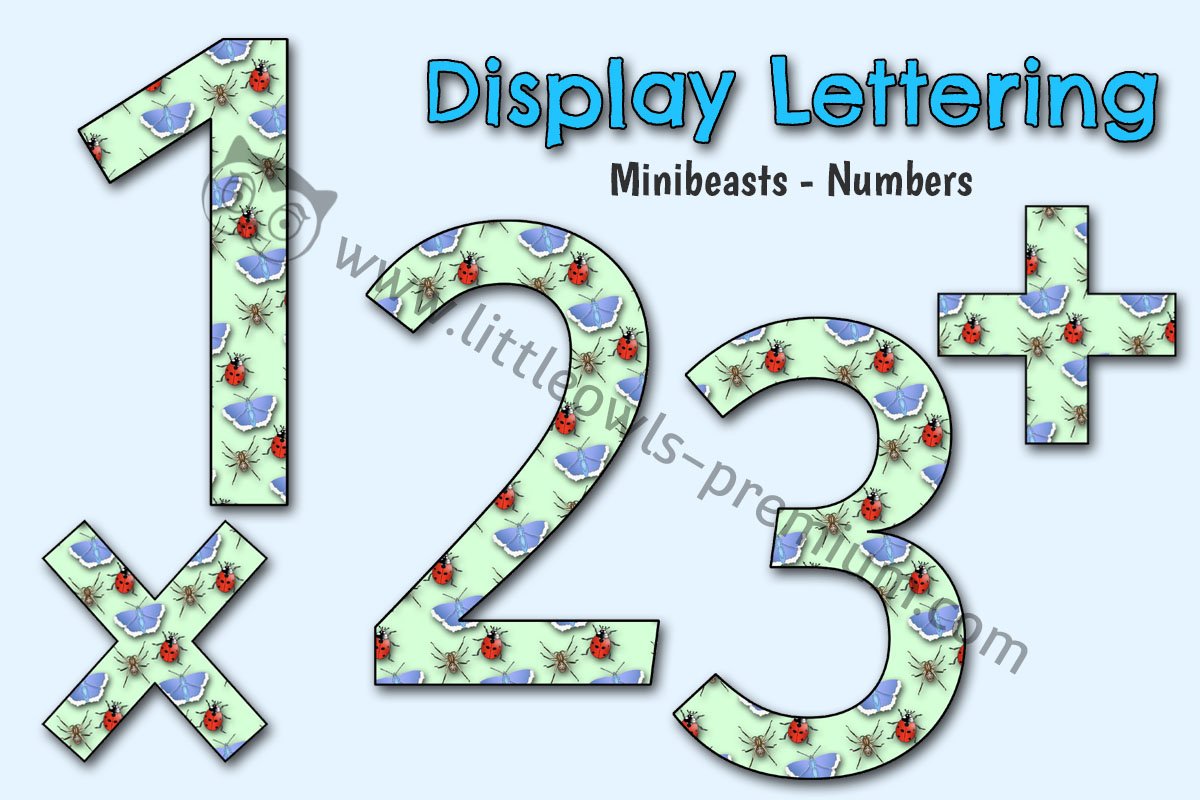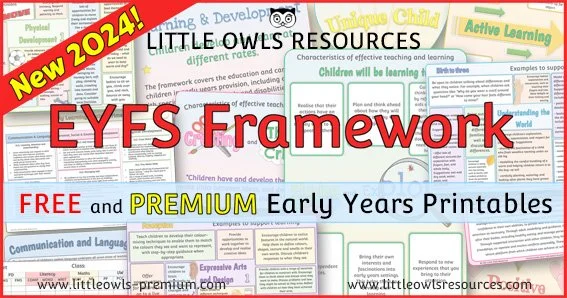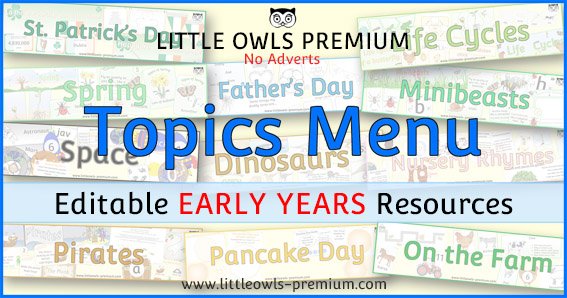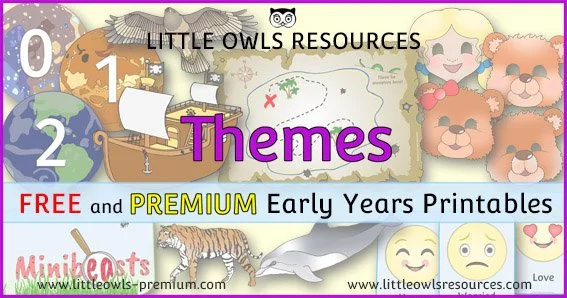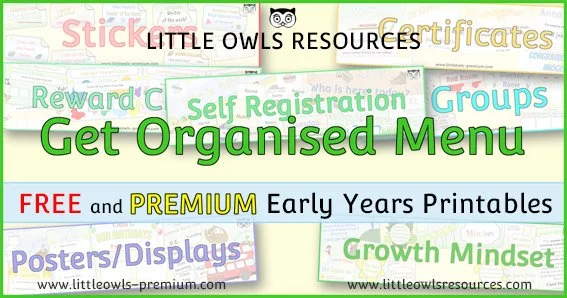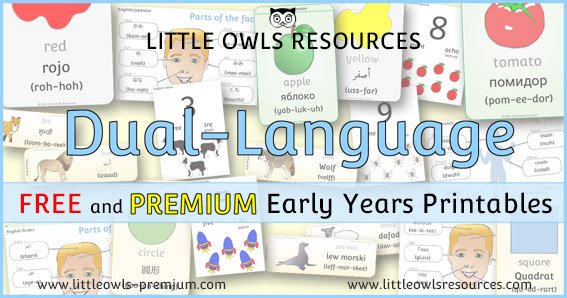**BRAND NEW PAGE - UNDER CONSTRUCTION**
Key Stage 1 Mathematics/Maths - activities, Displays and ideas
Sections on this page:
Free Sample Resources - use arrows on carousel below/on the right (depending on your device) to scroll through covers - click on the images you’d like to find out more about
At a glance - featured resources slide show
Let’s dig deeper
Year 1 & 2 Mathematics Learning Objectives and Resources for:
(use quick links here OR scroll down page for further detail)
STATISTICS (Yr2)
Additional Maths resources, e.g. general Maths displays
Related topics/pages you may be interested in
FREE SAMPLE RESOURCES!
(Click on the images below to find out more.)
If you are not a member already, become a ‘Free Access’ member here. This will give you access to resources within the ‘Free Sample Resources’ sections at the top of most pages and ‘Special Dates Calendars’. Some whole topics are even free! Find out more about all of our membership options here. If you are already a member… thank-you! x
Please note that both Editable (docx file) and non-editable (pdf file) versions are available for all ‘Mathematics’ resources. (Editable files require Microsoft Word to work at optimum level and Non-Editable files require a pdf viewer.)
At a glance - featured resources Carousel
Mathematics National Curriculum- Learning Objectives
(Scroll down for resources.)
Year 1: Number - number and place value
Pupils should be taught to:
count to and across 100, forwards and backwards, beginning with 0 or 1, or from any given number
count, read and write numbers to 100 in numerals; count in multiples of twos, fives and tens
given a number, identify one more and one less
identify and represent numbers using objects and pictorial representations including the number line, and use the language of: equal to, more than, less than (fewer), most, least
read and write numbers from 1 to 20 in numerals and words.
Year 2: Number - number and place value
Pupils should be taught to:
count in steps of 2, 3, and 5 from 0, and in tens from any number, forward and backward
recognise the place value of each digit in a two-digit number (tens, ones)
identify, represent and estimate numbers using different representations, including the number line
compare and order numbers from 0 up to 100; use <, > and = signs
read and write numbers to at least 100 in numerals and in words
use place value and number facts to solve problems.
Resources can be found on the following pages (buttons below):
(Core Year 1 and 2 ‘Number and Place Value’ resources can be found within the first and second buttons respectively. In addition, you will find many more resources relating to the above learning objectives on our keyword pages which are also highlighted below.)
Year 1: Number - addition and subtraction
Pupils should be taught to:
read, write and interpret mathematical statements involving addition (+), subtraction (–) and equals (=) signs
represent and use number bonds and related subtraction facts within 20
add and subtract one-digit and two-digit numbers to 20, including zero
solve one-step problems that involve addition and subtraction, using concrete objects and pictorial representations, and missing number problems such as 7 = ? – 9.
Year 2: Number - addition and subtraction
Pupils should be taught to:
solve problems with addition and subtraction:
using concrete objects and pictorial representations, including those involving numbers, quantities and measures
applying their increasing knowledge of mental and written methods
recall and use addition and subtraction facts to 20 fluently, and derive and use related facts up to 100
add and subtract numbers using concrete objects, pictorial representations, and mentally, including:
a two-digit number and ones
a two-digit number and tens
two two-digit numbers
adding three one-digit numbers
show that addition of two numbers can be done in any order (commutative) and subtraction of one number from another cannot
recognise and use the inverse relationship between addition and subtraction and use this to check calculations and solve missing number problems.
Resources can be found on the following pages (buttons below):(Core Year 1 and 2 ‘Addition and Subtraction’ resources can be found within the first and second buttons respectively. In addition, you will find many more resources relating to the above learning objectives on our keyword pages which are also highlighted below.)
Year 1: Number - multiplication and division
Pupils should be taught to:
solve one-step problems involving multiplication and division, by calculating the answer using concrete objects, pictorial representations and arrays with the support of the teacher.
Year 2: Number - multiplication and division
Pupils should be taught to:
recall and use multiplication and division facts for the 2, 5 and 10 multiplication tables, including recognising odd and even numbers
calculate mathematical statements for multiplication and division within the multiplication tables and write them using the multiplication (×), division (÷) and equals (=) signs
show that multiplication of two numbers can be done in any order (commutative) and division of one number by another cannot
solve problems involving multiplication and division, using materials, arrays, repeated addition, mental methods, and multiplication and division facts, including problems in contexts.
Resources can be found on the following pages (buttons below):(Core Year 1 and 2 ‘Multiplication and Division’ resources can be found within the first and second buttons respectively. In addition, you will find many more resources relating to the above learning objectives on our keyword pages which are also highlighted below.)
Year 1: Number - Fractions
Pupils should be taught to:
recognise, find and name a half as one of two equal parts of an object, shape or quantity
recognise, find and name a quarter as one of four equal parts of an object, shape or quantity.
Year 2: Number - Fractions
Pupils should be taught to:
recognise, find, name and write fractions 1/3, 1/4, 2/4 and 3/4 of a length, shape, set of objects or quantity
write simple fractions for example, 1/2 of 6 = 3 and recognise the equivalence of 2/4 and 1/2.
Resources can be found on the following pages (buttons below):(Core Year 1 and 2 ‘Fractions’ resources can be found within the first and second buttons respectively. In addition, you will find many more resources relating to the above learning objectives on our keyword pages which are also highlighted below.)
Year 1: Measurement
Pupils should be taught to:
compare, describe and solve practical problems for:
lengths and heights [for example, long/short, longer/shorter, tall/short, double/half]
mass/weight [for example, heavy/light, heavier than, lighter than]
capacity and volume [for example, full/empty, more than, less than, half, half full, quarter]
time [for example, quicker, slower, earlier, later]
measure and begin to record the following:
lengths and heights
mass/weight
capacity and volume
time (hours, minutes, seconds)
recognise and know the value of different denominations of coins and notes
sequence events in chronological order using language [for example, before and after, next, first, today, yesterday, tomorrow, morning, afternoon and evening]
recognise and use language relating to dates, including days of the week, weeks, months and years
tell the time to the hour and half past the hour and draw the hands on a clock face to show these times.
Year 2: Measurement
Pupils should be taught to:
choose and use appropriate standard units to estimate and measure length/height in any direction (m/cm); mass (kg/g); temperature (°C); capacity (litres/ml) to the nearest appropriate unit, using rulers, scales, thermometers and measuring vessels
compare and order lengths, mass, volume/capacity and record the results using >, < and =
recognise and use symbols for pounds (£) and pence (p); combine amounts to make a particular value
find different combinations of coins that equal the same amounts of money
solve simple problems in a practical context involving addition and subtraction of money of the same unit, including giving change
compare and sequence intervals of time
tell and write the time to five minutes, including quarter past/to the hour and draw the hands on a clock face to show these times
know the number of minutes in an hour and the number of hours in a day.
Resources can be found on the following pages (buttons below):(Core Year 1 and 2 ‘Measurement’ resources can be found within the first and second buttons respectively. In addition, you will find many more resources relating to the above learning objectives on our keyword pages which are also highlighted below.)
Year 1: Geometry - Properties of shape
Pupils should be taught to:
recognise and name common 2-D and 3-D shapes, including:
2-D shapes [for example, rectangles (including squares), circles and triangles]
3-D shapes [for example, cuboids (including cubes), pyramids and spheres].
Year 2: Geometry - Properties of Shapes
Pupils should be taught to:
identify and describe the properties of 2-D shapes, including the number of sides and line symmetry in a vertical line
identify and describe the properties of 3-D shapes, including the number of edges, vertices and faces
identify 2-D shapes on the surface of 3-D shapes, [for example, a circle on a cylinder and a triangle on a pyramid]
compare and sort common 2-D and 3-D shapes and everyday objects.
Resources can be found on the following pages (buttons below):
(Core Year 1 and 2 ‘Properties of Shape’ resources can be found within the first and second buttons respectively. In addition, you will find many more resources relating to the above learning objectives on our keyword pages which are also highlighted below.)
Year 1: Geometry - Position and direction
Pupils should be taught to:
describe position, direction and movement, including whole, half, quarter and three quarter turns.
Year 2: Geometry - Position and direction
Pupils should be taught to:
order and arrange combinations of mathematical objects in patterns and sequences
use mathematical vocabulary to describe position, direction and movement, including movement in a straight line and distinguishing between rotation as a turn and in terms of right angles for quarter, half and three-quarter turns (clockwise and anticlockwise).
Resources can be found on the following pages (buttons below):
(Core Year 1 and 2 ‘Position and Direction’ resources can be found within the first and second buttons respectively. In addition, you will find many more resources relating to the above learning objectives on our keyword pages which are also highlighted below.)
Year 2: Statistics
Pupils should be taught to:
interpret and construct simple pictograms, tally charts, block diagrams and simple tables
ask and answer simple questions by counting the number of objects in each category and sorting the categories by quantity
ask and answer questions about totalling and comparing categorical data.
Resources can be found on the following pages (buttons below):
(Core Year 2 ‘Statistics’ resources can be found within the first button. In addition, you will find many more resources relating to the above learning objectives on our keyword pages which are also highlighted below.)
Additional pages you may be interested in…
Display Lettering
